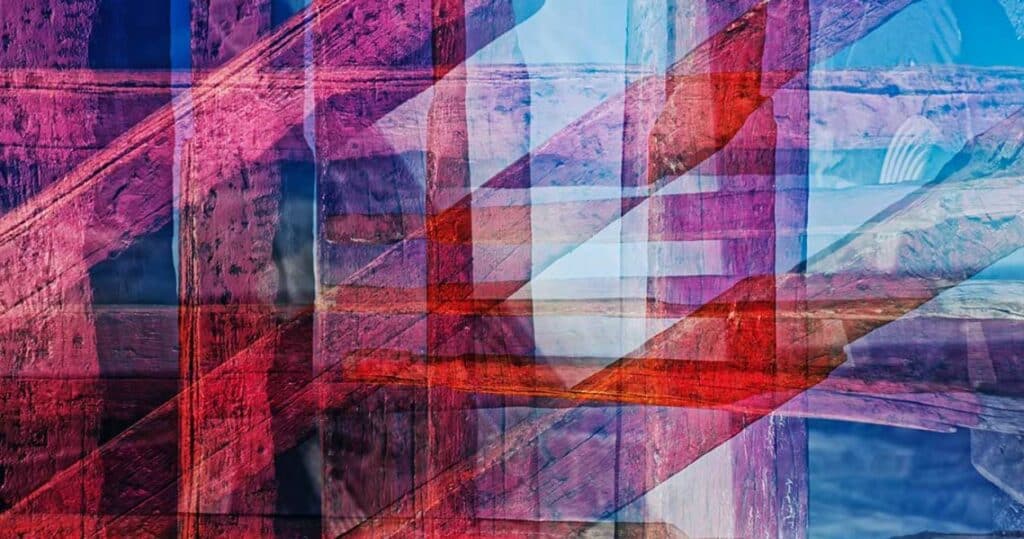“Where Creativity Meets Calculation: Celebrating the Artistic Mathematicians”
In this article, we highlight the work of ten famous artists who are employing mathematics to create art that is both aesthetically pleasing and intellectually stimulating. Even though they appear to be two separate fields of study, art and mathematics have a long and fascinating history of overlapping and tangling with one another.
When it comes to the intersection of art and mathematics, contemporary artists are always pushing the envelope of what is thought to be feasible. The connection between these two art forms has served as motivation for a great number of famous artists throughout the course of human history, whether it be in the form of perspective in Renaissance paintings or the elaborate patterns found in Islamic art.
These scientists and artists are pioneers in the fascinating intersection of art and science, where they investigate and push the boundaries of both of those professions. Their work not only contributes to the complexity of our understanding of art, but it also offers new perspectives on the concepts and issues that are at the heart of the scientific community.
10 Famous Artists Who Are Using Mathematics to Create Art
People often think of art and math as two separate areas of human creation, but they have a long history of overlapping and affecting each other. Some of the most interesting and thought-provoking works of art in history have been made by combining mathematical ideas with artistic expression. This part introduces you to 10 artists who use math as a creative tool to make art that is both beautiful to look at and interesting to think about.
1. Rinpa Eshidan

This group of Japanese artists is pushing the frontiers of creativity by combining traditional Japanese art forms with modern kinds of technology. The stunning visual experiences that are created by Rinpa Eshidan are the result of his playing with geometry, perspective, and symmetry. Their works of digital art are not only aesthetically attractive but also mathematically engaging, providing spectators with a new viewpoint on the junction of art and science.
Key Profile: Rinpa Eshidan
| Aspects | Description |
| Origin: | Japanese collective of artists |
| Artistic Style: | Blend of traditional Japanese art and modern technology |
| Exploration: | Geometry, perspective, symmetry |
| Notable Works: | Digital art installations that play with visual perception |
| Unique Feature: | Mesmerizing visual experiences that bridge traditional and contemporary art |
| Influence: | Reimagines the intersection of art and mathematics in a modern context |
2. John Edmark

John Edmark is an artist who draws his inspiration from the mathematical patterns that can be seen in nature. He is most known for the mesmerizing 3D-printed sculptures he creates. His artwork investigates the aesthetic value of mathematical ideas such as the Fibonacci sequence and the golden ratio. He employs these ideas to create sculptures that appear to come to life as they spin, producing complex patterns of light and shadow in the surrounding environment.
Key Profile: John Edmark
| Aspects | Description |
| Origin: | Contemporary American artist |
| Artistic Style: | 3D printed sculptures inspired by mathematical patterns |
| Exploration: | Fibonacci sequence, golden ratio |
| Notable Works: | Rotating sculptures casting intricate patterns of light and shadow |
| Unique Feature: | Art that seems to come alive as it moves, blurring the line between art and science |
| Influence: | Showcases the mathematical beauty found in the natural world |
3. Akiyoshi Kitaoka

Akiyoshi Kitaoka is a highly skilled artist who is known for optical illusions and deftly incorporates mathematical elements into his work. Kitaoka’s work presents a challenge to our conceptions of space, color, and shape by investigating the psychological underpinnings of visual perception. The spectators are left questioning the boundaries of truth and illusion after experiencing his creations, which frequently take the form of captivating shifting patterns.
Key Profile: Akiyoshi Kitaoka
| Aspects | Description |
| Origin: | Japanese artist and psychologist |
| Artistic Style: | Optical illusions that challenge visual perception |
| Exploration: | Psychology of visual perception |
| Notable Works: | Mesmerizing and shifting patterns that question the boundaries of reality and illusion |
| Unique Feature: | Expert in creating mind-bending optical illusions |
| Influence: | Explores the interplay between mathematics and human perception |
4. Lilian: Schwartz
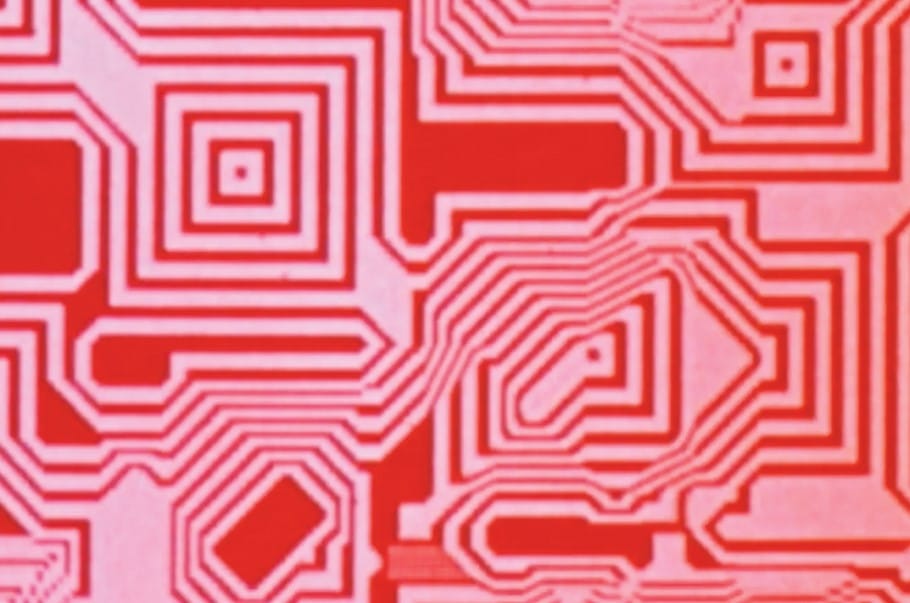
Lilian Schwartz was one of the first artists to create work using a computer. She has created dynamic visual compositions by employing mathematical methods and computer programming in order to do so. These compositions express the spirit of movement and time. Her work deftly fuses the worlds of art and mathematics, resulting in creations that are both aesthetically arresting and intellectually stimulating and that investigate the limits of creative possibility.
Key Profile: Lilian: Schwartz
| Aspects | Description |
| Origin: | American pioneer in computer-generated art |
| Artistic Style: | Dynamic visual compositions using mathematical algorithms and computer programming |
| Exploration: | Movement and time |
| Notable Works: | Art that captures the essence of motion and the passage of time |
| Unique Feature: | Art created using cutting-edge computer technology |
| Influence: | Demonstrates the marriage of art and mathematics through technology |
5. Helaman Ferguson
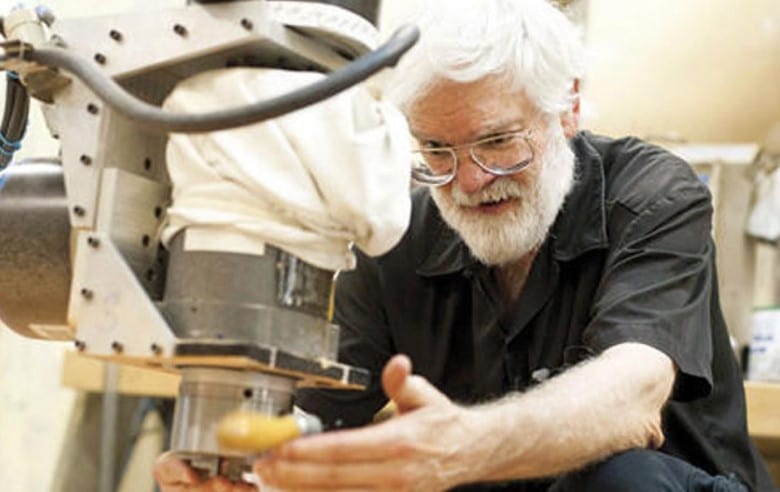
The sculptural works of Helaman Ferguson are a demonstration of how mathematical ideas may be seamlessly incorporated into artistic expression. He expresses intricate mathematical forms by sculpting stone, creating pieces that represent the grace and intricacy that are inherent in mathematical systems. He uses the natural beauty of sculpted stone. The awe and reflection that it inspires come from his artwork.
Key Profile: Helaman Ferguso
| Aspects | Description |
| Origin: | American sculptor |
| Artistic Style: | Sculpted stone expressing intricate mathematical forms |
| Exploration: | Mathematical structures and complexity |
| Notable Works: | Sculptural art that evokes wonder and contemplation |
| Unique Feature: | Traditional sculpting techniques combined with mathematical concepts |
| Influence: | Celebrates the beauty and complexity inherent in mathematical forms |
6. Manfred Mohr
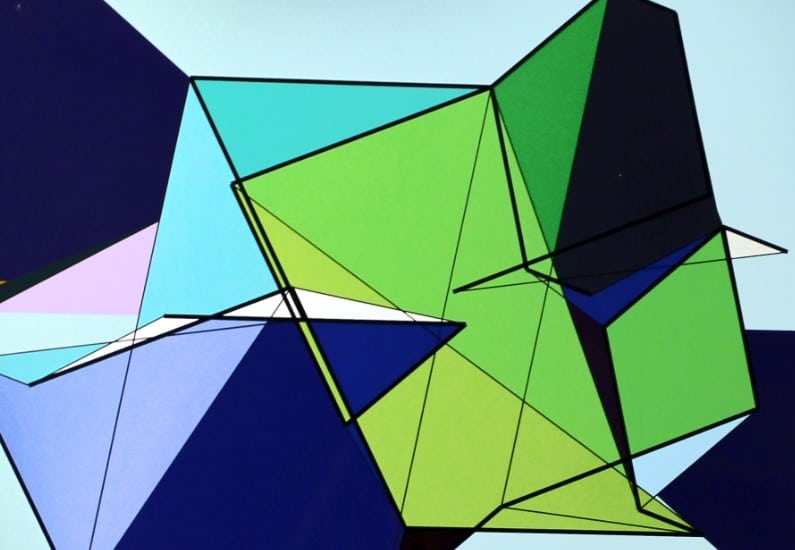
The digital artwork created by Manfred Mohr is founded on intricate mathematical procedures. The link between geometry, space, and movement is investigated through the medium of his creations. The end result is visually arresting artwork that not only satisfies the senses but also excites the intellect by presenting the elegance of mathematical ideas from a fresh perspective.
Key Profile: Manfred Mohr
| Aspects | Description |
| Origin: | German-born digital artist |
| Artistic Style: | Digital art based on mathematical algorithms |
| Exploration: | Geometry, space, and movement |
| Notable Works: | Visually striking artwork exploring the relationship between mathematical concepts and art |
| Unique Feature: | Pioneering digital art that highlights mathematical aesthetics |
| Influence: | Explores the intricate relationship between mathematics and artistic expression |
7. Kerry Mitchell
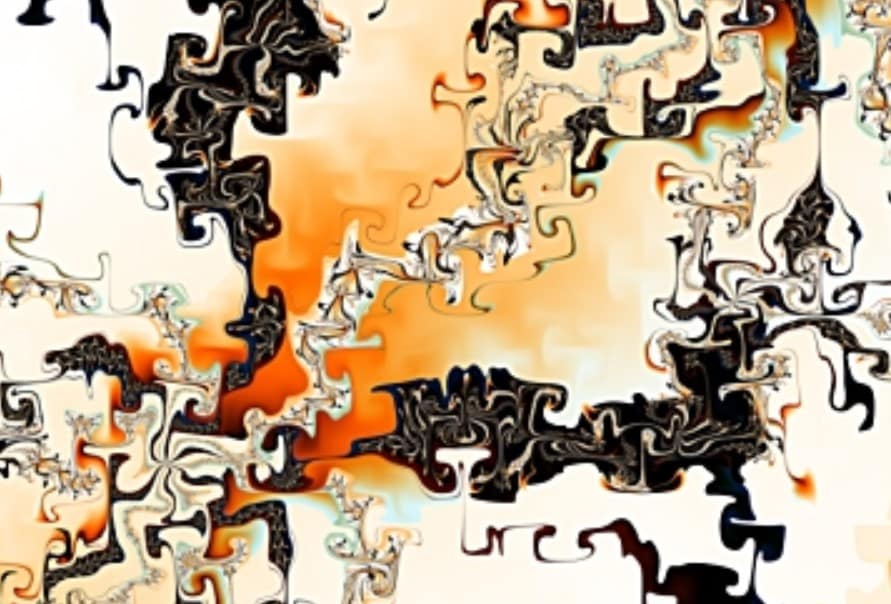
The digital artwork of Kerry Mitchell is easily recognizable by the rich fractal patterns that it contains. She produces art with mathematical formulas, which illustrates the endless complexity that can arise from seemingly straightforward mathematical structures. Her artwork is very impressive. The observer is prompted to ponder the inherent patterning that lies beneath the surface of what appears to be disorder by virtue of the fact that her art offers a window into the fascinating world of mathematical chaos.
Key Profile: Kerry Mitchell
| Aspects | Description |
| Origin: | Contemporary digital artist |
| Artistic Style: | Digital art featuring intricate fractal patterns |
| Exploration: | Mathematical chaos and complexity |
| Notable Works: | Art that reveals the infinite complexity within simple mathematical formulas |
| Unique Feature: | Provides insight into the captivating world of mathematical chaos |
| Influence: | Demonstrates the interplay between art and mathematics through fractals |
8. Jayadeva Uyangoda

The rich cultural legacy of Sri Lanka is reflected in the work of Jayadeva Uyangoda, whose artwork achieves a beautiful balance between contemporary mathematical principles and ancient aesthetics. Uyangoda develops a one-of-a-kind synthesis of art and mathematics through the incorporation of mathematical concepts into his work. This demonstrates the interconnectivity of human culture and the pursuit of scientific knowledge.
Key Profile: Jayadeva Uyangoda
| Aspects | Description |
| Origin: | Sri Lankan artist |
| Artistic Style: | Harmonious blend of traditional aesthetics and contemporary mathematical principles |
| Exploration: | Cultural heritage and mathematical concepts |
| Notable Works: | Art that fuses cultural heritage with mathematical ideas, creating a unique and captivating blend |
| Unique Feature: | Integration of mathematical principles into traditional art forms |
| Influence: | Highlights the interconnectedness of human culture and scientific exploration |
9. Jinny Yu

Abstract paintings done by Jinny Yu are known for their deft combination of mathematical precision and emotional depth. She explores the human experience via the prism of mathematical concepts and theories, and she does this by conveying complicated narratives through the use of geometric forms and patterns in her work. Her artwork encourages viewers to reflect on the dynamic relationship that exists between structure and feeling.
Key Profile: Jinny Yu
| Aspects | Description |
| Origin: | Canadian abstract artist |
| Artistic Style: | Abstract paintings with mathematical precision and emotional depth |
| Exploration: | Human experience through mathematical concepts and theories |
| Notable Works: | Art that conveys complex narratives using geometric shapes and patterns |
| Unique Feature: | Blends mathematical rigor with emotional expression |
| Influence: | Explores the interplay between structure and emotion through abstract art |
10. Hiroshi Sugimoto

Mathematical concepts such as symmetry and balance are a common source of creativity for photographer and architect Hiroshi Sugimoto, who is best known for his minimalist photography and architectural projects. His work provides visual experiences that are peaceful and quiet, and they deeply resonate with viewers. These experiences show the significant linkages that exist between mathematical order and artistic expression.
Key Profile: Hiroshi Sugimoto
| Aspects | Description |
| Origin: | Japanese artist and photographer |
| Artistic Style: | Minimalist photography and architectural installations |
| Exploration: | Symmetry and balance |
| Notable Works: | Serene and contemplative art that resonates deeply with viewers |
| Unique Feature: | Utilizes mathematical principles to create tranquil and thought-provoking visual experiences |
| Influence: | Demonstrates the profound connections between mathematical order and artistic expression |
Art and technology have always been tied together, but their relationship has changed a lot over time. Art has always been a way for people to express themselves and tell stories. Technology has made it possible for artists to use new tools and techniques to bring their ideas to life. But in recent years, this situation has changed in a big way.
The connection between the visual arts and mathematics is always developing, which encourages artists to venture into uncharted territories of imagination and expression. These ten visionary artists represent the unlimited possibilities that arise when these two disciplines collide, allowing us to ponder the profound connections between logic and beauty, structure and emotion in their work. They have shown us, by the creative works that they have produced, that mathematics and the arts are not mutually exclusive, but rather essential elements of the human experience. Each of these fields contributes to the improvement of the other in ways that go beyond the conventional confines and restrictions.
FAQ
How do artists use math in their work?
Mathematical strategies used by artists include using mathematical formulas, studying geometric concepts, and employing digital tools to produce complicated patterns and designs.
What significance does the interaction of art and mathematics have?
When art and math come together, they make it possible to look more closely at the patterns and structures that make up the natural world. This helps people see how everything is connected and encourages them to see the universe as a whole.
Is it possible for everybody to appreciate the merging of art and mathematics, or is it limited to those with a technical background?
Anyone with an interest in the beauty and complexity of the world around them can learn about the marriage of art and mathematics. While technical knowledge can help, the emotional and aesthetic impact of these artistic creations transcends any specific knowledge or skill, inviting all persons to connect with and appreciate the tremendous beauty of this multidisciplinary realm.





